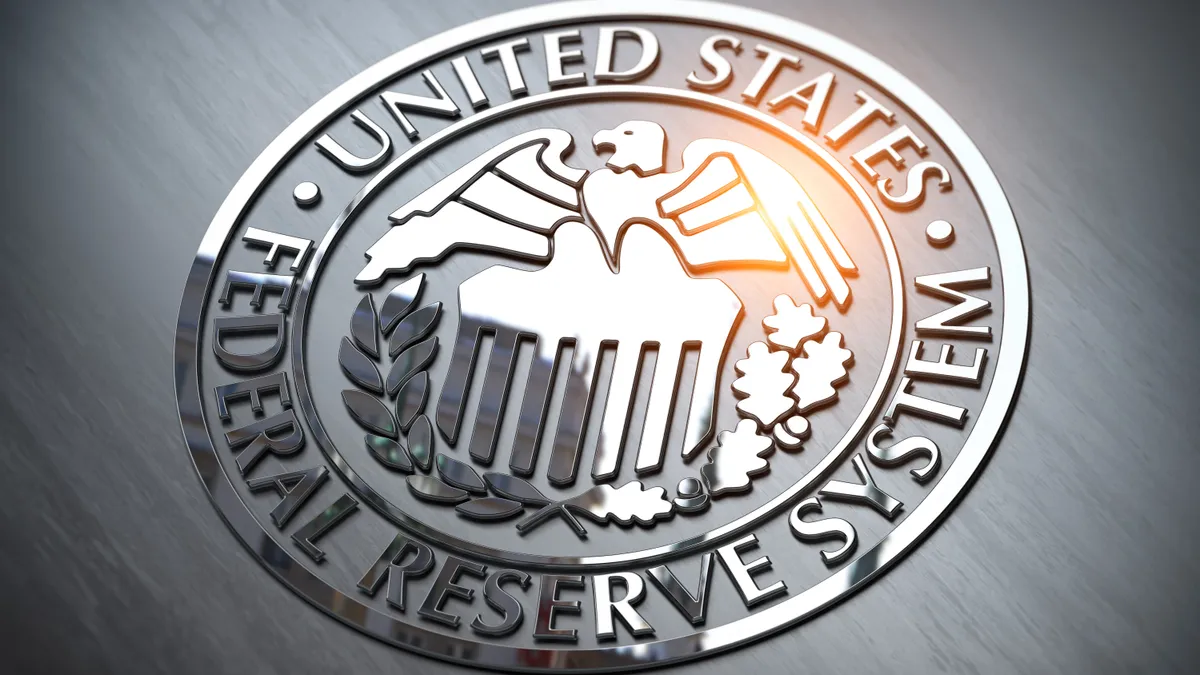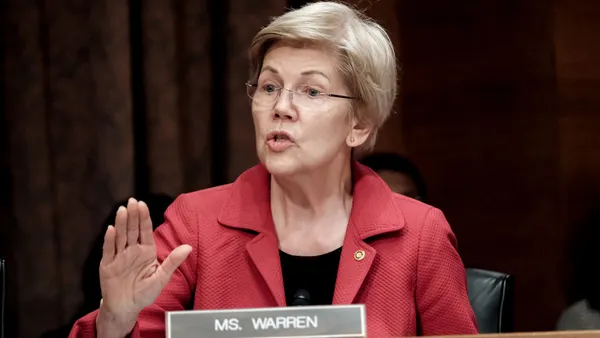The Bank Policy Institute and American Bankers Association submitted a petition this week to the Federal Reserve to consider a rulemaking process and seek public comments on its annual scenarios used to determine stress capital buffer requirements.
In a letter addressed to the Fed Board of Governors, the BPI and ABA asked the central bank to make public all models, formulas and methodologies used to decide the examination course. The bank groups also claimed the Fed violated the Administrative Procedure Act by not revealing the details of the models and formulas used in the test and all the scenarios used in the stress test exercises.
“We believe that, by granting these requests, the Board can remedy the serious existing legal defects that currently undermine the credibility and effectiveness of the Board’s framework for setting stress-based capital requirements,” the letter said.
The letter also noted that granting the requests would point to the complex and challenging nature of the task “that could benefit from public review and a range of external perspectives, rather than relying solely on the views of the Board, its staff, and its private advisors.”
The petition comes nearly a month after the Fed released its annual stress test results, which showed largest banks weathered a hypothetical stress test scenario with $541 billion in projected losses. The Fed said this year's results demonstrated that large banks are well-positioned to lend to households and businesses even during a severe recession.
‘Unnecessarily opaque’
Bank trade groups have criticized the stress testing procedure in recent years, arguing that the central bank has frequently increased capital requirements.
They claim that the fluctuations in the banks’ capital levels stem from unexplained changes in the Fed model rather than the financial risks in the banks themselves. This leads to banks holding on to higher capital buffers, the cost of which gets passed on to households and businesses as more expensive credit, they said.
“The stress testing program remains unnecessarily opaque even though the high stakes for banks and the economy are crystal clear,” ABA CEO Rob Nichols said in a statement. “The choices the Federal Reserve makes in its models and scenario assumptions can directly affect credit availability and have a meaningful impact on economic growth and job creation. Given the implications, the Fed should welcome more public input and embrace greater transparency. These petitions advance both.”
For its part, the Fed — along with the Federal Deposit Insurance Corp. and the Office of the Comptroller of the Currency — released a proposed revamp of capital requirements that would increase the amount banks with more than $100 billion in assets would be forced to hold. The rule changes are meant to bring U.S. regulations in line with the 2017 Basel III agreement — which the bank groups argue will add to the murkiness of the stress test’s inner workings.
“There is no legal justification for the Federal Reserve to continue to calculate large bank capital requirements with rules that are developed and applied in secret,” BPI CEO Greg Baer said in a statement. “No other agency of government operates in this way: the IRS sends out tax bills based on a published code, not a secret model that determines each taxpayer’s liability; speed limits are posted and consistent, not hidden or constantly varying in erratic ways to force drivers to go much slower because they don’t know what they are.”












